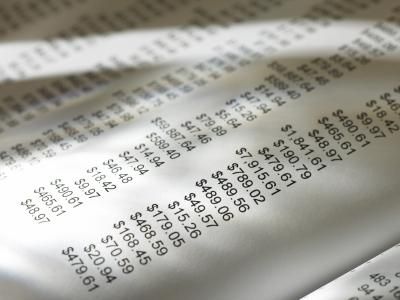Overview:
Chemical reactions occur when two or more elements are introduced to each other. A few molecular and atomic rearrangements occur in order to change our products. There are 5 main types of chemical reactions as follows:
- Synthesis
- Decomposition
- Single Displacement
- Double Displacement
- Combustion
Synthesis
A synthesis reaction is the combination of two or more elements to form a new compound:
X + Y —> Z
In order to identify a synthesis reaction note that there are a few key details:
- Two or more reactants on the LEFT side of the equation
- One product on the RIGHT side of the equation
Decomposition
A decomposition reaction is literally the exact opposite of a synthesis reaction. It is when a single compound will break down into two or more elements as follows:
Z —> X + Y
In order to identify a decomposition reaction note the following key details:
- One reactant compound on the LEFT side of the equation
- Two or more products on the RIGHT side of the equation.
Single Displacement Reactions
A single displacement reaction is when an ion is swapped between a cation in a compound and a single cation as follows:
AB + C —> CB + A
However, in order for “C” in the above reaction to displace “B”, it must be higher on the activity series than “A”. The activity series is a list of increasing/decreasing reactivity that needs to be used for single displacement reactions.
Double Displacement Reactions
Double displacement reactions are similar to single displacement reactions such that the cations are swapping, however, these reactions have to happen between two compounds as follows:
AB + CD —> AD + CB
A double displacement is slightly easier than a single displacement reaction because no matter the reactivity of each cation, the two cations ALWAYS swap. Thus, “A” ALWAYS swaps with “C”.
Combustion Reactions
A combustion reaction is a reaction that involves a hydrocarbon (carbon and hydrogen compound) and oxygen as reactants and it results in water and one of two different products dependent on what kind of combustion reaction it is. Note that these reactions begin with a spark (flame or heat source).
Complete Combustion:
Occurs when there is ample oxygen to combine with the hydrocarbon resulting in carbon dioxide as the second product as follows:
CxHy + O2 —> H2O + CO2
Incomplete Combustion:
Occurs when there is not enough oxygen to burn the hydrocarbon. This can happen in an enclosed space. The product become carbon monoxide which is extremely dangerous to breathe in.
CxHy + O2 —> H2O + CO
You can tell that incomplete combustion has occurred when ash or soot is formed in the reaction. This is most common combustion reaction; complete combustion is far harder to achieve.
Interested in chemsitry tutoring services? Learn more about how we are assisting thousands of students each academic year.
SchoolTutoring Academy is the premier educational services company for K-12 and college students. We offer tutoring programs for students in K-12, AP classes, and college. To learn more about how we help parents and students in Los Angeles, CA, visit: Tutoring in Los Angeles, CA.




